What to Do if Your Rabbit Has Overgrown Teeth
Rabbits have teeth that never stop growing and these teeth can become problematic. Knowing how to keep your rabbit's teeth trim and what to do if they appear to be overgrown can help prevent serious issues from occurring.
Normal Rabbit Teeth
Rabbits have 28 permanent teeth. Most herbivores, including rabbits, guinea pigs, and horses, have long, continuously growing teeth that are very long above and below the gum line. The front teeth are called the incisors and they are typically the most noticeable but rabbits also have molars in the back of their mouths which can become problems since they are more difficult to see.
How Do Rabbit Teeth Become Overgrown?
The natural grinding action that takes place when a rabbit chews fibrous plants normally wears teeth down enough so that they are kept at an ideal length despite continuously growing. But pet rabbits often need to have their teeth manually cut due to a number of health, environmental, and genetic factors.
While many of your rabbit's teeth can get too long, the incisors are the easiest to identify when they become overgrown. They're capable of growing so long that they can begin to curl up and stick out between your rabbit's lips. This is a problem because they may get stuck on things like cage bars, or worse yet, grow into your rabbit's gums or the roof of its mouth.
But just like the incisors, the molars can also reach excessive lengths. The molars are difficult to see without the use of a special instrument called a speculum to look at them in the back of the mouth so rabbit owners don't often know if these teeth are overgrown. Rabbits and other exotic pets with overgrown molars tend to drool excessively and have difficulty chewing and swallowing though so these are good signs to watch for in your rabbit. If a rabbit is unable to eat, ileus can develop quickly causing a life threatening situation.
Treatment of Overgrown Rabbit Incisors
Fortunately, you can easily manage your rabbit's overgrown front teeth. If done correctly, tooth trims aren't painful but there are two common methods that are used.
- Nail Clippers - The first method used to trim rabbit teeth involves using regular dog nail clippers to cut the teeth as you would cut toe nails but this method isn't the preferred way to trim teeth. There's a high risk of cracking or splitting the tooth because of the force needed to use the clippers. This method can cause pain if the tooth splits up to the nerve or is trimmed too short.
- Rotary Tool - The second method requires using a handheld rotary tool, like a Dremel or a dental bur, to slice the excess tooth off. This method requires more skill and sometimes requires anesthesia or sedation to keep a rabbit still but can be easily performed at your veterinarian's office. This method causes no trauma to the tooth or nerve. The only concerns are possible trauma to the gums or lips if the cutting tool accidentally grazes them or if a tooth is trimmed too short. Many exotic pet hospitals perform tooth trims inexpensively but your rabbit may need to be sedated to have the procedure performed safely and properly.
Treatment of Overgrown Rabbit Molars
Trimming rabbit molars is more difficult than trimming incisors. Molars are not as easily seen by rabbit owners so overgrown molars may not be seen until a rabbit has problems eating or is drooling. A veterinarian will use a speculum to visualize the molars and confirm that they are too long. Next, your rabbit will have to be sedated in order to have its molars trimmed. A dental bur or a special tooth file is used to grind these teeth down but dental X-rays may also be recommended to see if the overgrown teeth are diseased and require extraction.
How to Prevent Overgrown Teeth in a Rabbit
While there's no way to prevent your rabbit's teeth from growing, you can take simple steps to prevent them from becoming overgrown.
- Oral exams - Check your pet's teeth weekly as best you can for signs of overgrowth.
- Fibrous food - Provide your rabbit with a diet that's rich in fiber to help it wear down its teeth and mimic what it would eat in the wild. Grass, leafy vegetables like kale, and hay are all good for your rabbit.
- Chew toys - Chewing is essential to your rabbit's dental health so provide plenty of safe objects for it to chew. Plain blocks of safe woods and other plants, specialized rabbit chew toys, and homemade toys are all good options.
Explore Dogs
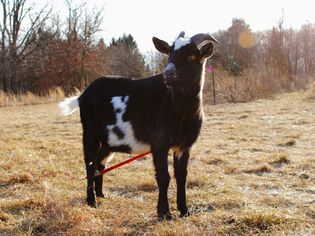
Should You Keep a Goat as a Pet?
Although they are traditionally thought of as farm animals, goats also make good pets. A perennial...
Read More
Chinchilla Dust Baths
A dust bath is a common self-grooming activity for chinchillas and other small pets like birds and ...
Read More
Broken Legs in Chinchillas
Broken legs in chinchillas can be common since these pocket pets are ...
Read More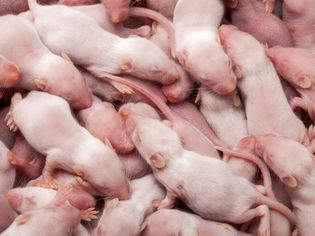
What to Do If Your Mouse Has Babies
Sometimes a pet mouse will have unknowingly been bred at the pet store and you may be surprise...
Read More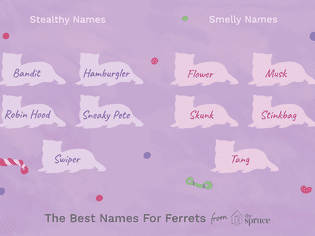
91 Unique Ferret Names
Ferrets are unique pets, and they almost beg for uniquely precious names. While they may look a lit...
Read More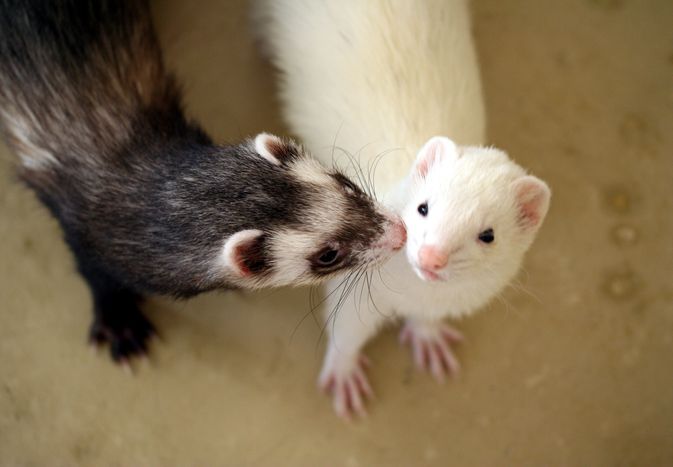
The Different Types of Domesticated Ferrets
When it comes to domesticated pet ferrets (not to be confused with wild European polecats or North ...
Read More
Coronavirus in Ferrets
Slinky, mischievous, and intelligent, ferrets are members of the weasel family that love to play an...
Read More
What Should You Do If Your Hamster Has Babies?
A baby hamster surprise birth isn’t uncommon with hamsters since they are often incorrectly sexed...
Read More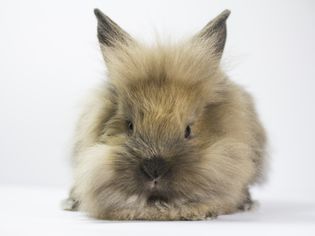
Dealing With Obesity in Rabbits
Obesity is a problem no matter what species you are, including rabbits. Just like in humans, dogs, ...
Read More